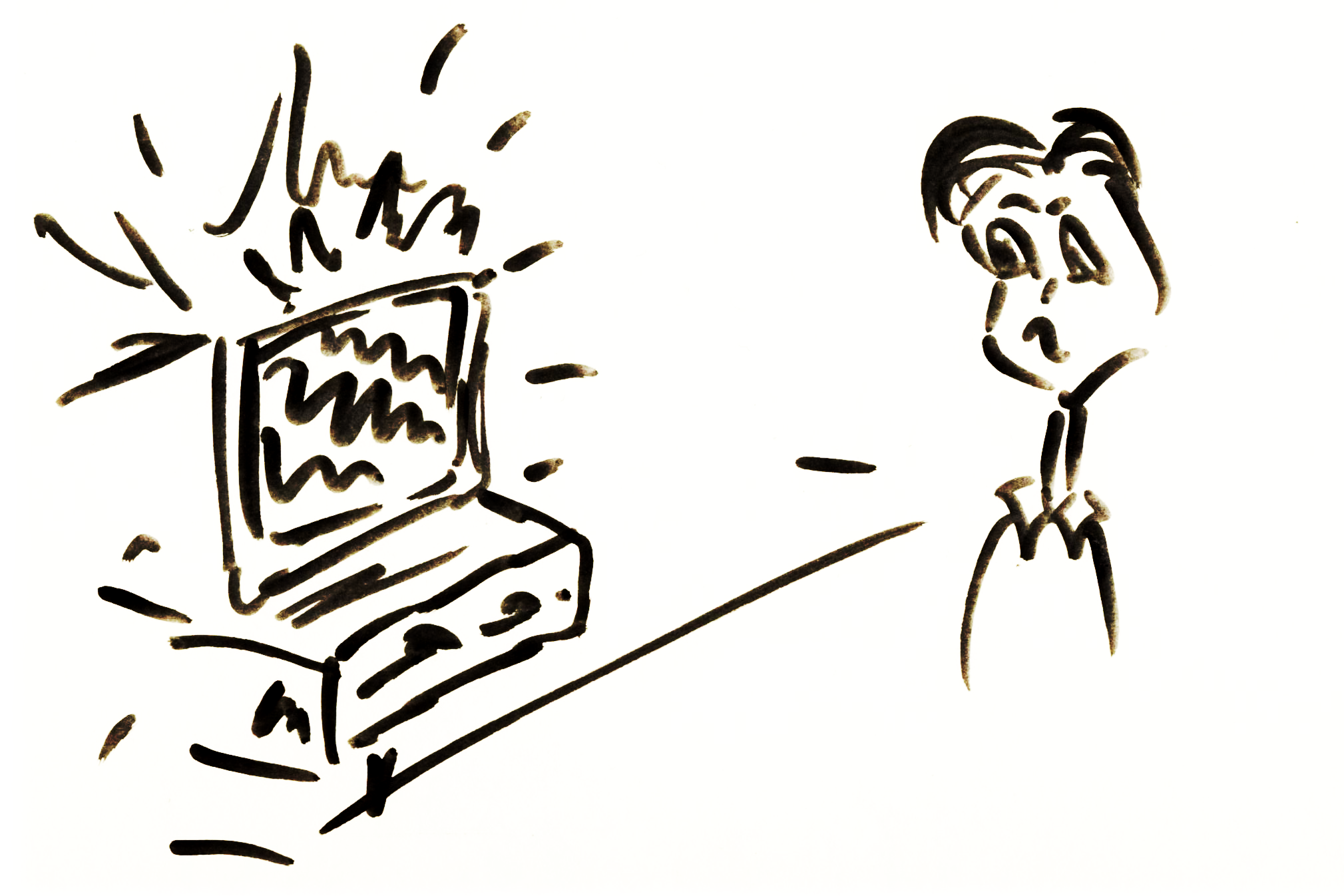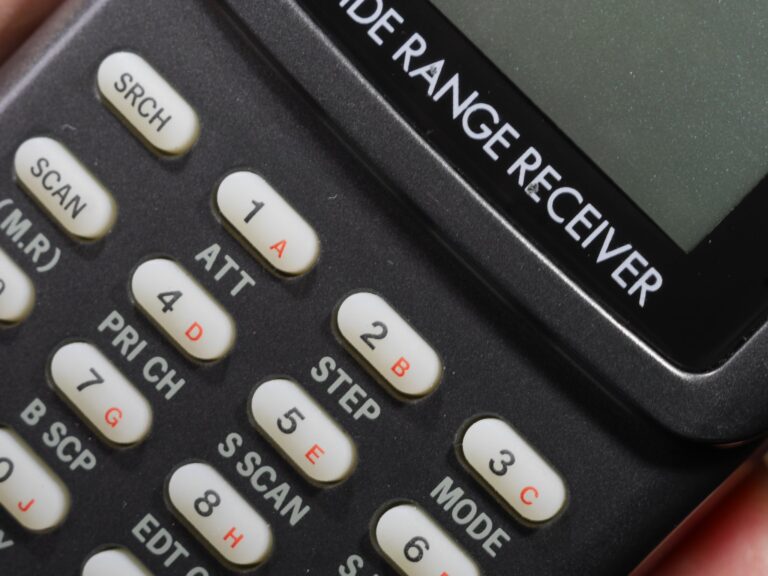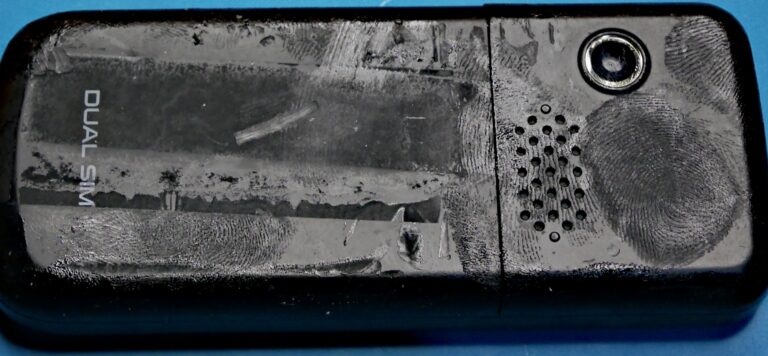Cleaning a camera CCD with a vacuum cleaner and a Lens Pen
I had Fuji S1, S2 & S3, all of which had dust magnets for sensors! They would get dirty even if I did not remove the lenses, simply from the air that got sucked in by varying the focal length of the lens. However, I cleaned them quite successfully with a vacuum cleaner. However there are some important caveats.
Most importantly, do NOT use the cleaner to dislodge the dust. You are more likely to suck out the shutter mechanism. I never did this but a colleague did. Instead, use a fine carbon fibre brush such as a “Lens Pen” to do dislodge the dust and use the vacuum cleaner to suck the dust once it is mobile. Seems the carbon fibre brush is slightly conductive and greatly reduces static build-up on sensor.
Method
- Reduce the vacuum cleaner’s suction to a safe level by opening the little vent on the side of the cleaner tube.
- Clean end of cleaner nozzle thoroughly with isopropanol or meths (so you don’t actually introduce new dirt!).
- Remove all traces of dust from the carbon fibre brush using vacuum cleaner.
- Hold the camera shutter open using the “B” (Bulb) function.
- Use the a fine carbon fibre brush on the Lens Pen to dislodge the dirt, ideally with the camera pointing downwards.
- Immediately use vacuum cleaner to catch dislodged dust.
- Release the shutter and use the camera’s LCD screen to zoom- in all around the image area, looking for any signs of dust. If necessary, refit the lens and take a few snaps and download them onto your computer. Ideally photograph a plain white background so that any dirt is immediately obvious.
- Repeat stages 3-7 several times, et voila, spotlessly clean sensor with no dangerous fluids, no smears on the sensor and at minimal cost!
A few common-sense tips
I found it handy to clamp or tape the vacuum cleaner nozzle to a bench so it pointed up vertically – and stayed put! I also wrap a little gaffer tape round the end of the nozzle so that if I did knock it against the edge of the camera lens mount, Also, place the vacuum cleaner body (the bit with the motor in) as far away from your workstation as possible – ideally in a draught that is blowing away from you. Despite their built-in filtration systems, vacuum cleaners actually blow a lot of fine dust into the air.
I should also add that I became so fed up with the Fujis collecting dirt that I eventually bought a Pentax K10D instead. This is a fantastic camera, excellent value for money and until recently its self-cleaning mechanism has kept the sensor spotless. Sadly, that finally succumbed to the dreaded dust recently. However, I am delighted to report that the above method worked perfectly with the K10D sensor too
Note
The above method worked perfectly for me, many times. However these suggestions are supplied entirely without warranty, express or implied.
References
- There is a very interesting thread in the Fuji section of DP Review regarding vacuum cleaners and sensor cleaning:-
http://forums.dpreview.com/forums/read.asp?forum=1020&message=29994974- Obviously one should not do anything to the internals of an expensive bit of kit without first doing a little research. This article lists some sensor cleaning methods and details their relative advantages and limitations:-
http://www.cleaningdigitalcameras.com/methods.html







